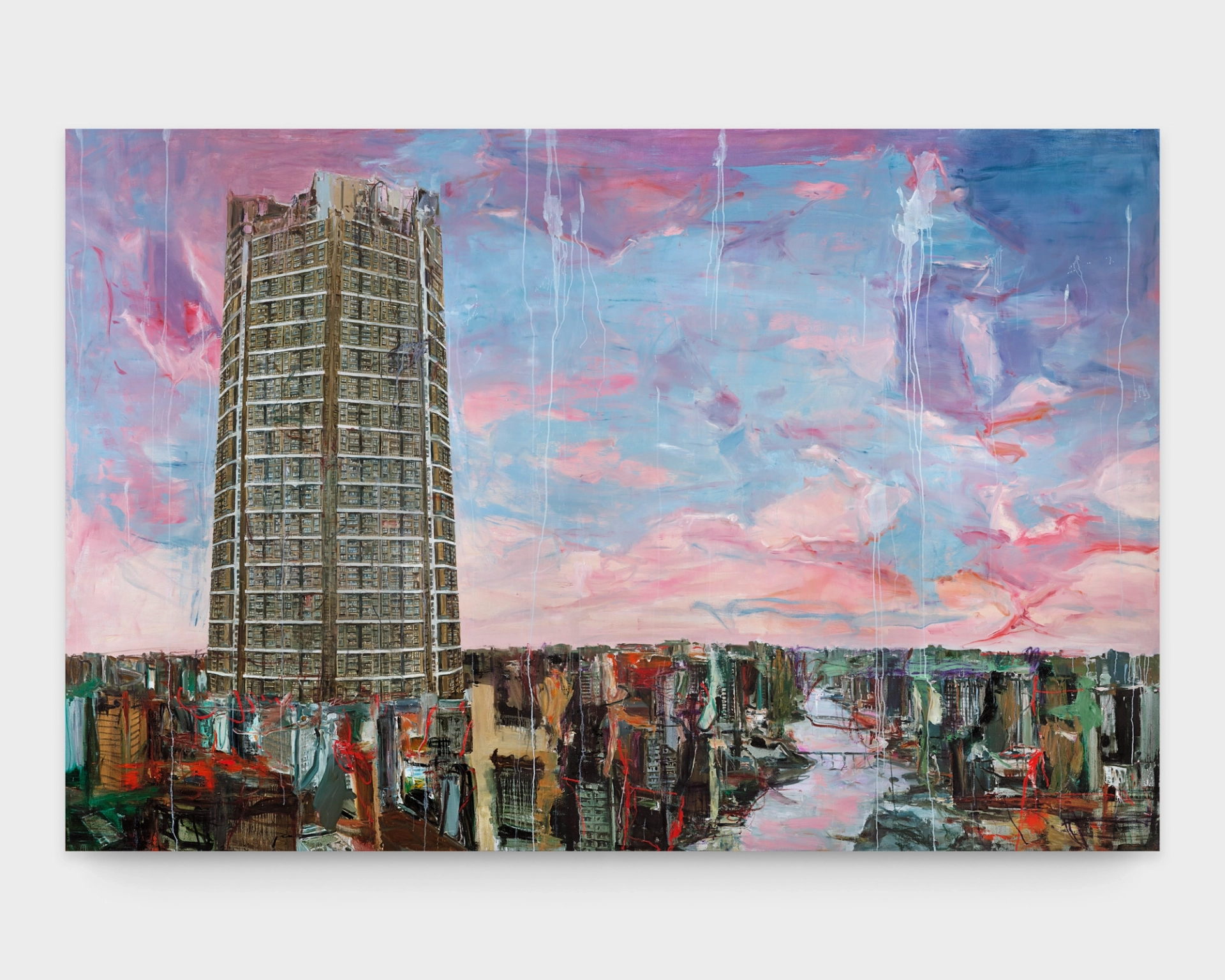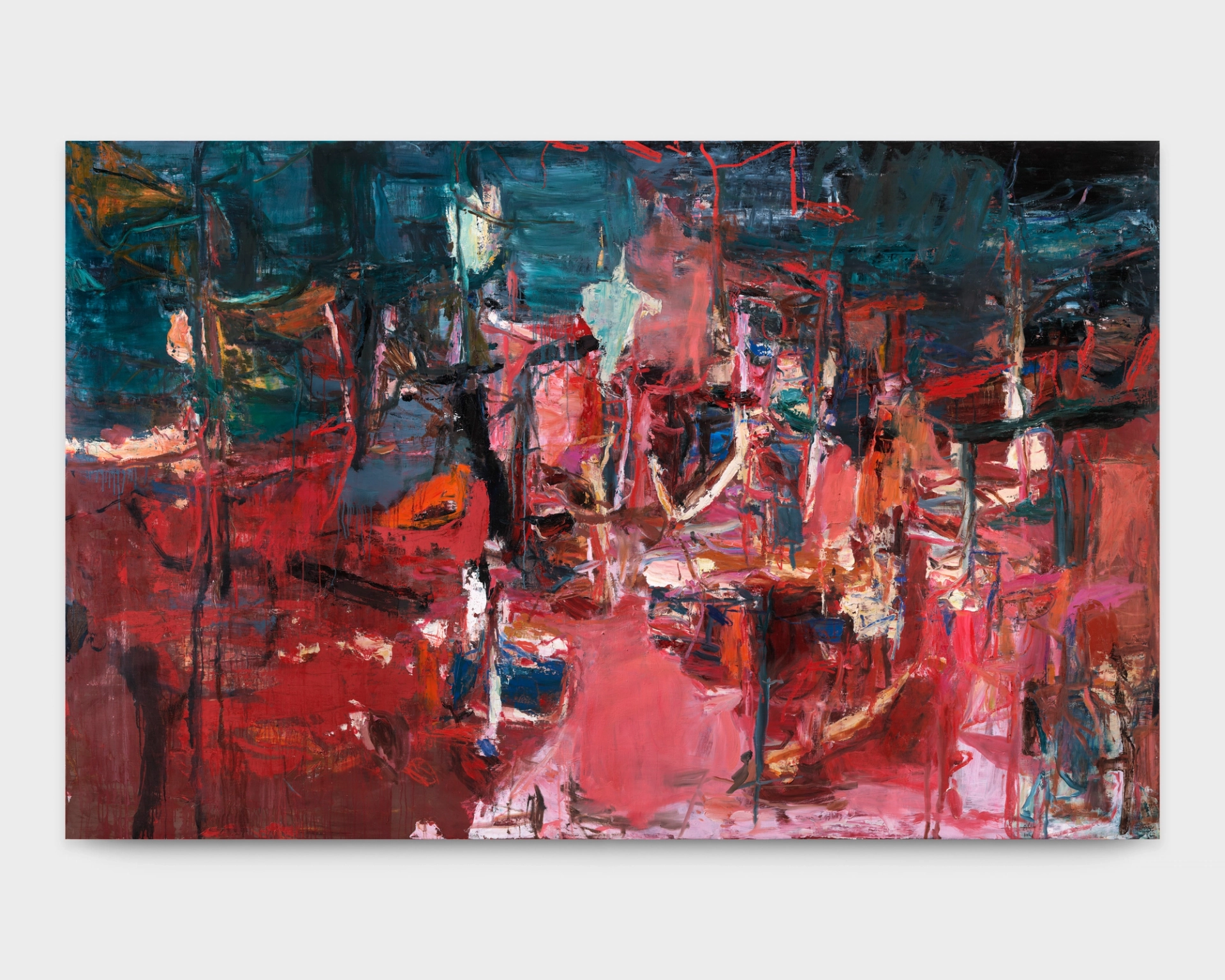TU HONGTAO: BEYOND BABEL
Lévy Gorvy Dayan announces Beyond Babel by the Chinese artist Tu Hongtao. Introducing more than thirty new works, the exhibition unveils significant developments in Tu’s practice since his first exhibition in 2020 with the gallery in Hong Kong.
February 24 – April 6, 2024
The exhibition’s title indicates a key source of inspiration for Tu’s most recent body of work. Paraphrasing the literary theorist George Steiner’s study After Babel, published in 1975, “Beyond Babel” represents our contemporary moment and our reliance on technology to communicate—at the possible expense of more distinctive forms of expression and connection.
Tu has explored landscape and abstraction since the early 2010s. His paintings that will debut at Lévy Gorvy Dayan, New York, reveal a new commitment to storytelling as a response to current modes of artificial intelligence and data collection. The power of imagination and personal association—conceived by the artist as counterforces—are central to the conception of the works on view.
A highlight of the exhibition, the monumental triptych The Corrupted Garden of Eden (2020–23) realizes a painterly dramaturgy that depicts a time of upheaval. Red, pink, blue, white, and gray vibrate across the canvas in tumbling currents, while a rendered tower block and gate can be seen on the left and right sides of the work. As the title suggests, the scene represents a disruption of peace and serenity; however, this disturbance is permeated with its own distinct beauty.
Run Boar Run! (2022–23) captures Tu’s process of involving many facets of his lived experience in the creation of his work. The composition is based on a landscape Tu witnessed while hiking, and also draws inspiration from sources including the work of Baroque artist Peter Paul Rubens, online political propaganda, and remembered conversations with friends. Moving from the personal to the collective, Tu creates poetic and intuitive abstractions that are rich with meaning, inviting viewers to overlay their own interpretations and response.
Interested in painting as language, Tu is inspired by artists who have historically pushed against established conventions. He is drawn to Chinese creatives such as Du Fu (712–770), whose metaphorical poetry deftly intertwined nature and self, and Dong Qichang (1555–1636), a landscape painter and calligrapher who introduced expression and improvisation into his brushwork. His modern influences include Paul Cézanne and Cy Twombly.
Tu is fascinated with what he has called their “resistance against society” and use of “nature to balance the conflicts of reality.” With his new works, Tu dives into the fabric of the everyday, seeking to reconstruct existing and burgeoning narratives. The resulting paintings, he says, take on a “surreal” language, different from his poetic and observational studies of previous years. This evolution in his practice challenges viewers anew to contemplate reality as it is represented and shaped—and to perceive a visual order that brings together social and personal landscapes, the natural and the imaginative.


